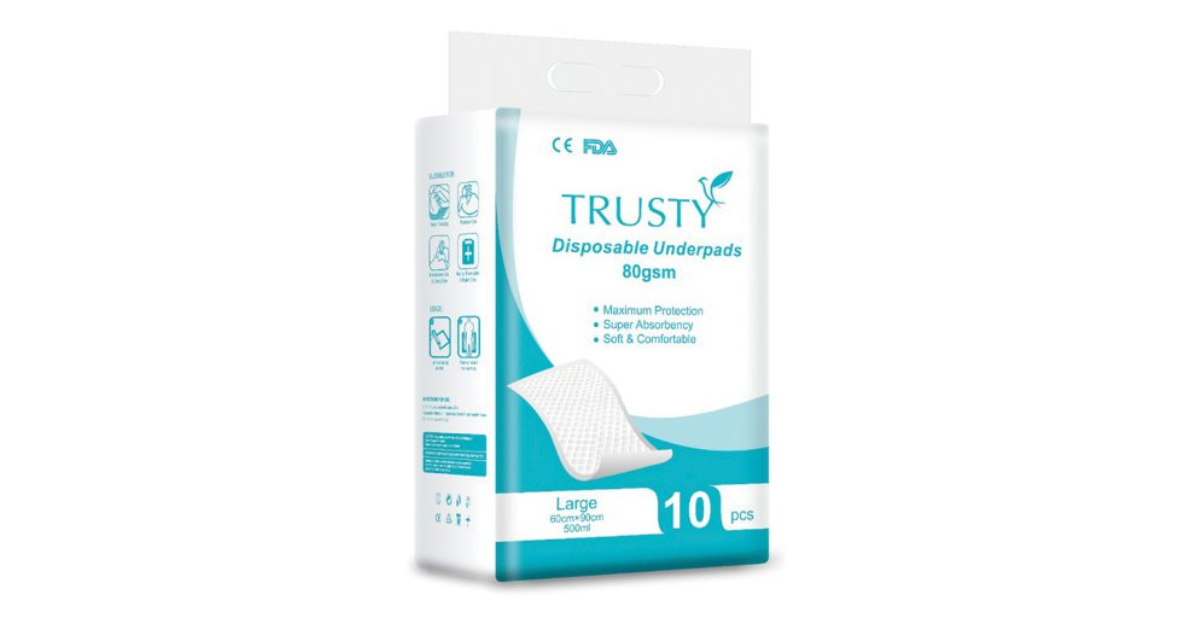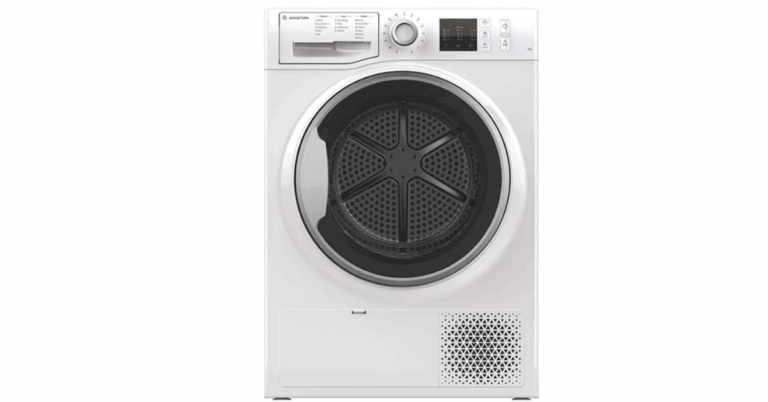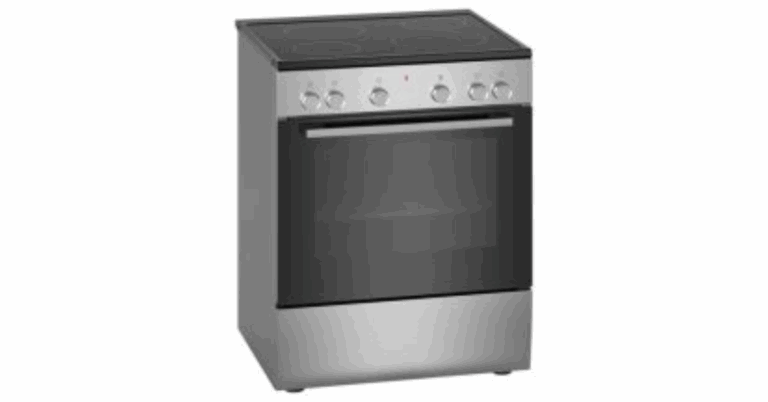Underpads: Why They Matter in Healthcare and Everyday Care
In healthcare and caregiving contexts, Underpads serve as an essential protective layer—absorbing urine, sweat, or other bodily fluids to keep bedding and furniture clean and dry. Underpads, also known as bed pads or chux, work by pulling moisture away from the skin through a soft top sheet, trapping it in an absorbent core while a waterproof backing prevents leaks. This simple yet ingenious tool plays a vital role not only in maintaining hygiene but also in preserving the dignity and comfort of patients.
What Exactly Are Underpads?
Underpads are multilayered absorbent sheets typically composed of three parts:
-
Top Layer: A soft, non‑woven fabric that feels gentle on the skin and wicks moisture away.
-
Absorbent Core: This layer draws in and locks away fluids, often using super‑absorbent polymers.
-
Waterproof Backing: A leak-resistant base prevents any leakage onto mattresses, chairs, or other surfaces.
Underpads are typically available in two main varieties: disposable (single-use) and reusable.
Key Uses of Underpads
1. Incontinence Care
One of the most common applications—underpads help manage urinary or bowel incontinence by creating a reliable barrier between the patient and the mattress or chair.
2. Post‑Surgery or Wound Care
When patients are recovering from surgery or dealing with wound drainage, underpads protect bedding and surfaces from discharge.
3. Clinical Procedures
In hospitals or clinics, underpads are often used during procedures to absorb spills, protect furniture, and help maintain a sterile environment.
4. Skin Protection and Pressure Injury Prevention
By wicking moisture away from the skin, underpads help prevent skin breakdown, incontinence‑associated dermatitis, and pressure ulcers.
5. Home Care and Mobility Support
For individuals with limited mobility or who are bedridden, underpads can go beneath them in bed or on wheelchairs, offering both comfort and protection.
6. Everyday Uses Beyond Healthcare
Underpads aren’t just for medical settings—they can be useful at home for pets (e.g., puppy training), for lining changing tables, or safeguarding car seats during travel.
Benefits of Using Underpads
Hygiene & Infection Control
Underpads promote better hygiene by absorbing bodily fluids quickly, helping prevent skin maceration and reducing the risk of infections.
Comfort & Dignity
Underpads are designed to feel soft and breathable. This not only keeps the user dry but also helps them maintain dignity, particularly in incontinence care.
Time Efficiency for Caregivers
Disposable underpads can be removed and replaced quickly, saving time on laundry and reducing the overall caregiving burden.
Cost-effective Surface Protection
Underpads act as a shield, preventing fluid damage to mattresses, chairs, and bedding, thereby extending the life of these items.
Skin Health Maintenance
High-quality underpads support skin integrity by keeping the surface dry and reducing friction. This helps in preventing pressure injuries and dermatitis.
Odor Control
Advanced underpads often include odor-neutralizing features, making environments more pleasant for both patients and caregivers.
Drawbacks to Consider
While underpads offer many benefits, there are also some limitations to be aware of:
-
Environmental Impact: Disposable underpads contribute to waste, and many are made from non-biodegradable materials.
-
Cost of Reusable Versions: Reusable underpads need washing, which adds labor and utility costs.
-
Slippage Issues: Some underpads may shift around, especially if not secured properly, leading to leaks.
-
Absorbency Limits: Not all underpads are equally absorbent, so choosing the right one is essential.
-
Skin Sensitivity: For individuals with sensitive skin, the materials used in underpads may cause irritation — hypoallergenic options should be prioritized.
How to Choose the Right Underpad
When selecting an underpad, consider these factors:
-
Absorbency Level: Pick an underpad based on the expected volume of fluid—light, moderate, or heavy absorbency.
-
Size: Ensure the pad is large enough to cover the required area (bed, chair, wheelchair, etc.).
-
Material Quality: Look for soft, skin-friendly top layers and a reliable, waterproof backing.
-
Reusability vs Disposability: Decide whether you want a washable pad (better for sustainability) or a disposable one (easier for quick changes).
-
Odor Control: If odor is a concern, consider underpads with odor-neutralizing technology.
-
Safety Features: For patients who may move or need repositioning, some underpads are built to lift or reposition without tearing.
Practical Tips for Use
-
Place the underpad so that its waterproof side faces down, ensuring full coverage of the surface underneath.
-
Change disposable underpads as soon as they’re soiled to maintain hygiene.
-
For reusable underpads, follow washing instructions to protect absorbency and fabric life.
-
Combine underpad use with skin care routines (like applying a moisture barrier) to prevent skin issues.
-
Train caregivers or family members on how to reposition underpads safely without stressing the material.
The Bigger Picture: Why Underpads Are More Than Just a Simple Sheet
Underpads represent a low-tech but profoundly impactful innovation in patient care. By offering protection, comfort, and efficiency, they address multiple needs simultaneously—from infection control to preserving dignity. In long-term care facilities, hospitals, home care setups, or even for individuals managing incontinence at home, underpads make a significant difference in quality of life.
Advances in underpad technology, including better materials, odor control, and super-absorbent cores, mean that caregivers can now rely on these products not just for basic protection but as an integral part of a holistic care strategy. When used thoughtfully, underpads help reduce healthcare burden, protect furnishings, and support better outcomes for vulnerable individuals.
Conclusion
In conclusion, underpads are a quietly powerful tool in caregiving. Though simple in design, their role in maintaining hygiene, skin health, and comfort makes them indispensable—especially in settings where managing incontinence or fluid loss is a regular part of care. Selecting the right underpad and using it properly can transform a challenging aspect of care into something much more manageable and dignified.







